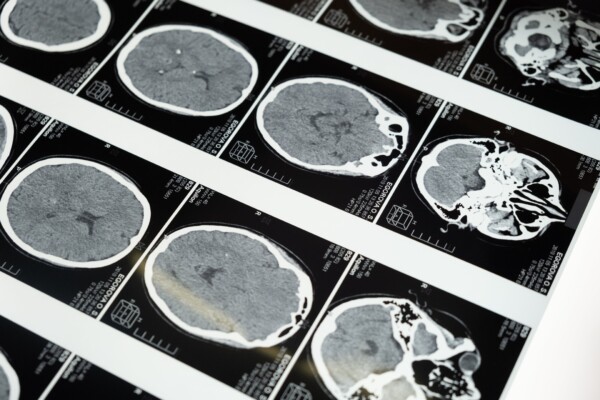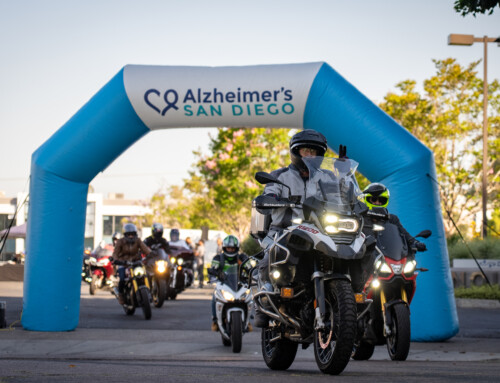
Vascular dementia and Vascular Cognitive Impairment (VCI) are caused by injuries to the vessels supplying blood to the brain. These disorders can be caused by brain damage from multiple strokes or other blood vessel injuries. Dementia risk can be significant even when individuals have suffered only small strokes.
Vascular dementia and VCI arise as a result of risk factors that similarly increase the risk for cerebrovascular disease (stroke), including atrial fibrillation, hypertension, diabetes, and high cholesterol. Vascular dementia also has been associated with a condition called amyloid angiopathy, in which amyloid plaques accumulate in the blood vessel walls, causing them to break down and rupture. Symptoms of vascular dementia and VCI can begin suddenly and progress or subside during one’s lifetime.
3 Types of Vascular Dementia:
Cerebral autosomal dominant arteriopathy with subcortical infarcts and leukoencephalopathy (CADASIL) is an inherited form of cardiovascular disease that results in a thickening of the walls of small-and medium-sized blood vessels, eventually stemming the flow of blood to the brain. It is associated with mutations of a specific gene called Notch3, which gives instructions to a protein on the surface of the smooth muscle cells that surround blood vessels. CADASIL is associated with multi-infarct dementia, stroke, migraine with aura (migraine preceded by visual symptoms), and mood disorders.
The first symptoms can appear in people between ages 20 and 40. Many people with CADASIL are undiagnosed. People with first-degree relatives who have CADASIL can be tested for genetic mutations to the Notch3 gene to determine their own risk of developing CADASIL.
Multi-infarct dementia occurs when a person has had many small strokes that damage brain cells. One side of the body may be disproportionally affected, and language or other functions may be impaired depending on the region of the brain that is damaged. Doctors call these “local” or “focal” symptoms, as opposed to the “global” symptoms seen in Alzheimer’s disease that tend to affect several functions and both sides of the body.
When the strokes occur on both sides of the brain, however, dementia is more likely than when stroke occurs on one side of the brain. In some cases, a single stroke can damage the brain enough to cause dementia. This so-called single-infarct dementia is more common when stroke affects the left side of the brain—where speech centers are located— and/or when it involves the hippocampus, the part of the brain that is vital for memory.
Subcortical vascular dementia AKA Binswanger’s disease is a rare form of dementia that involves extensive microscopic damage to the small blood vessels and nerve fibers that make up white matter, the “network” part of the brain believed to be critical for relaying messages between regions. The symptoms of Binswanger’s are related to the disruption of subcortical neural circuits involving short-term memory, organization, mood, attention, decision making, and appropriate behavior. A characteristic feature of this disease is psychomotor slowness, such as an increase in the time it takes for a person to think of a letter and then write it on a piece of paper.
Other symptoms include urinary incontinence that is unrelated to a urinary tract condition, trouble walking, clumsiness, slowness, lack of facial expression, and speech difficulties. Symptoms tend to begin after age 60, and they progress in a stepwise manner. People with subcortical vascular disease often have high blood pressure, a history of stroke, or evidence of disease of the large blood vessels in the neck or heart valves. Treatment is aimed at preventing additional strokes and may include drugs to control blood pressure.
Learn more about different types of dementia here, as well as through our education classes around San Diego County and online. Call us at 858-492-4400 to learn about more free resources.




